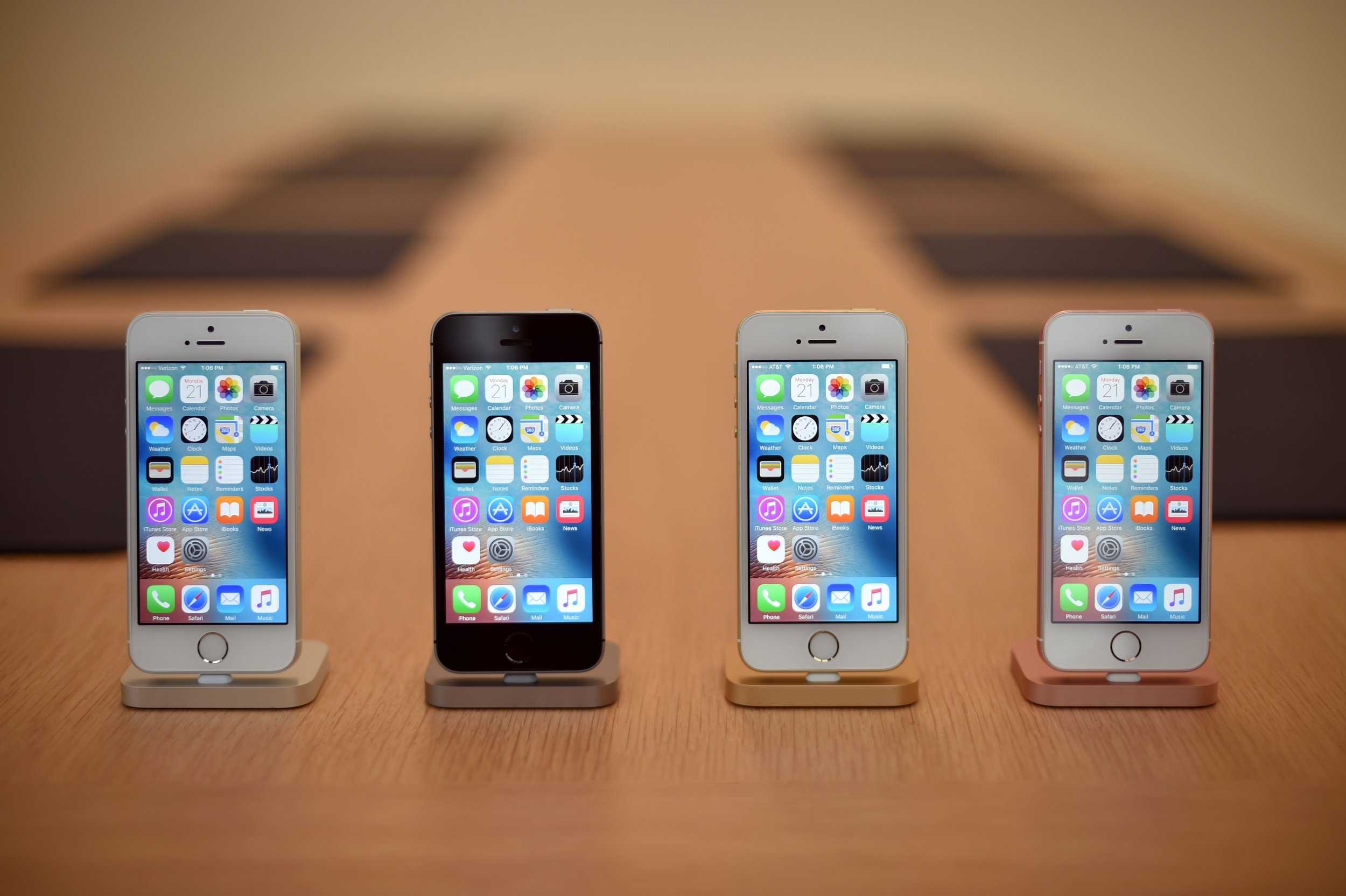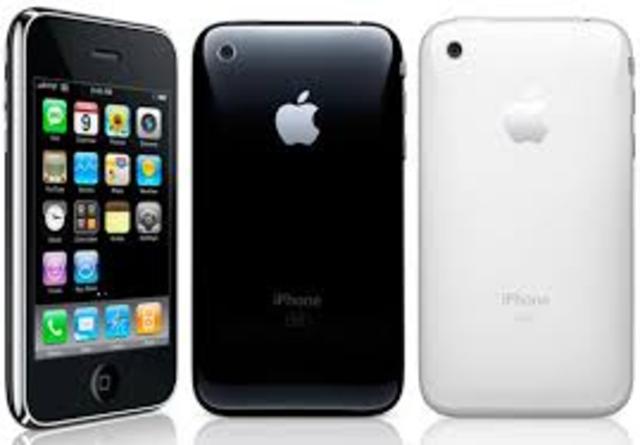In 1991 it would have cost 3 56 million to build the technology in one of the first iphones

In 1991, it would have cost $3.56 million to build the technology in one of the first iPhones.
 Image Source: International Business Times
Image Source: International Business Times
The first iPhone was released by Apple in 2007, captivating the world with its revolutionary design and cutting-edge technology. This iconic device introduced the concept of a smartphone, forever changing the way we communicate, work, and interact with the digital world. However, have you ever wondered how much it would have cost to build a similar device in 1991, well before the iPhone even existed? Surprisingly, the price tag would have been a staggering $3.56 million.

To comprehend the magnitude of this astonishing figure, we need to delve into the technological landscape of the early 1990s. At that time, mobile phones were bulky, expensive, and primarily used for voice communication. They lacked the advanced features and capabilities that we take for granted today. Internet access was limited, and the concept of a touchscreen display was nothing more than a futuristic dream.
The $3.56 million estimation originates from a blog post by Mark J. Perry, an economist and scholar at the American Enterprise Institute. He estimated the cost based on the value of various technologies and components used in the original iPhone. Perry’s findings provide us with a fascinating perspective on the rapid advancement of technology over the past few decades.
To illustrate the staggering cost, let’s break down some of the key features of the first iPhone and their potential prices in 1991:
Microprocessors: The iPhone contains multiple microprocessors designed to handle its complex tasks. In 1991, the price of a single microprocessor with comparable capability was approximately $65,000. Considering the iPhone utilizes several advanced processors, the cost quickly adds up.
Random Access Memory (RAM): The iPhone’s RAM allows for quick data access and multitasking. In 1991, the price of 4 Megabytes of RAM, equivalent to the iPhone’s RAM size, would have exceeded $2,400.
Flash Storage: The iPhone relies on flash storage to store data, apps, and media. In 1991, a gigabyte of flash storage, similar to the iPhone’s capacity, would have cost over $45,000.
Camera: Today, we take high-quality smartphone cameras for granted. However, in 1991, digital cameras were in their infancy, and the cost of a 2-megapixel camera, comparable to the original iPhone’s camera, would have been around $17,000.
Advanced Communication: The iPhone’s ability to connect to cellular networks and access the internet wirelessly was groundbreaking. In 1991, the cost of incorporating this technology into a single device would have been exorbitant, easily reaching tens of thousands of dollars.
These estimations only scratch the surface of the expenses required to develop an iPhone-like device in 1991. Other factors such as software development, industrial design, battery technology, and user interface would have added significantly to the overall cost.
It is remarkable to consider the exponential progress made in technology since 1991. The evolution of microprocessors, memory storage, cameras, and wireless technology has resulted in smaller, more powerful, and more affordable devices. Today’s smartphones, including the latest iPhones, are not only superior in functionality but also significantly more accessible to the general population.
In conclusion, if someone had attempted to build a device with similar technological capabilities to the first iPhone in 1991, it would have cost a mind-blowing $3.56 million. This estimation serves as a testament to the remarkable advancements in technology over the past three decades, demonstrating how far we have come in terms of accessibility, affordability, and innovation.
Share
Related Posts
Quick Links
Legal Stuff

